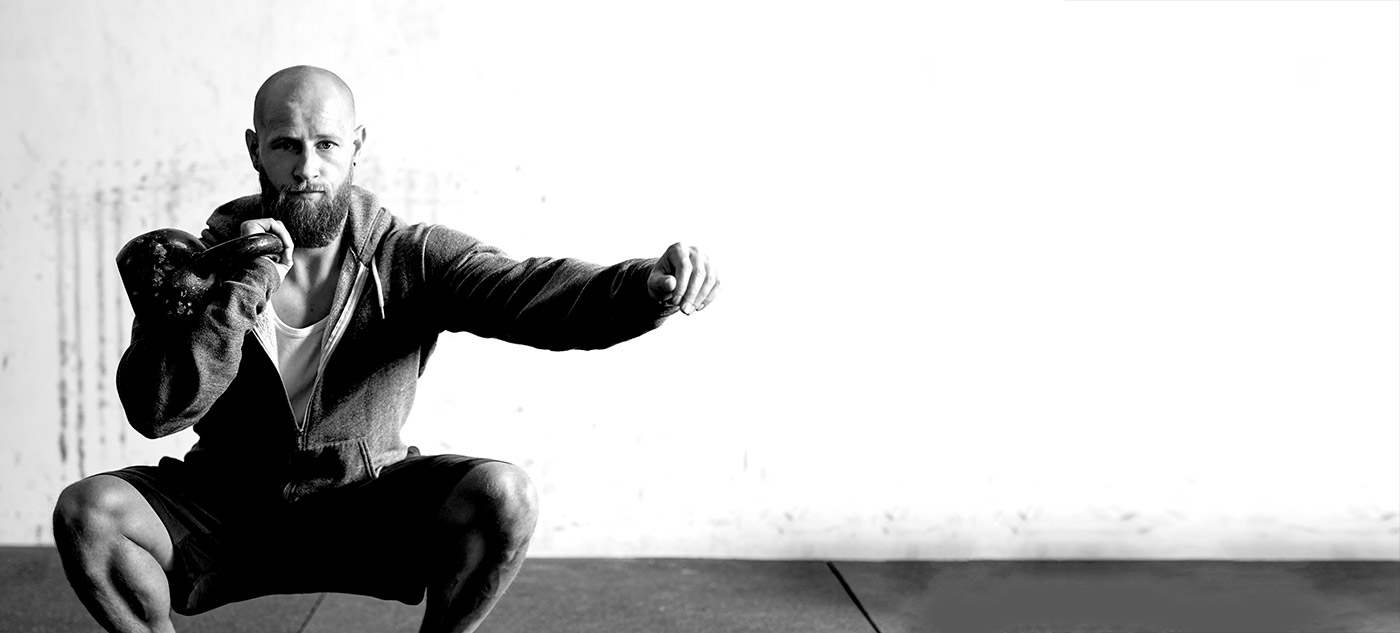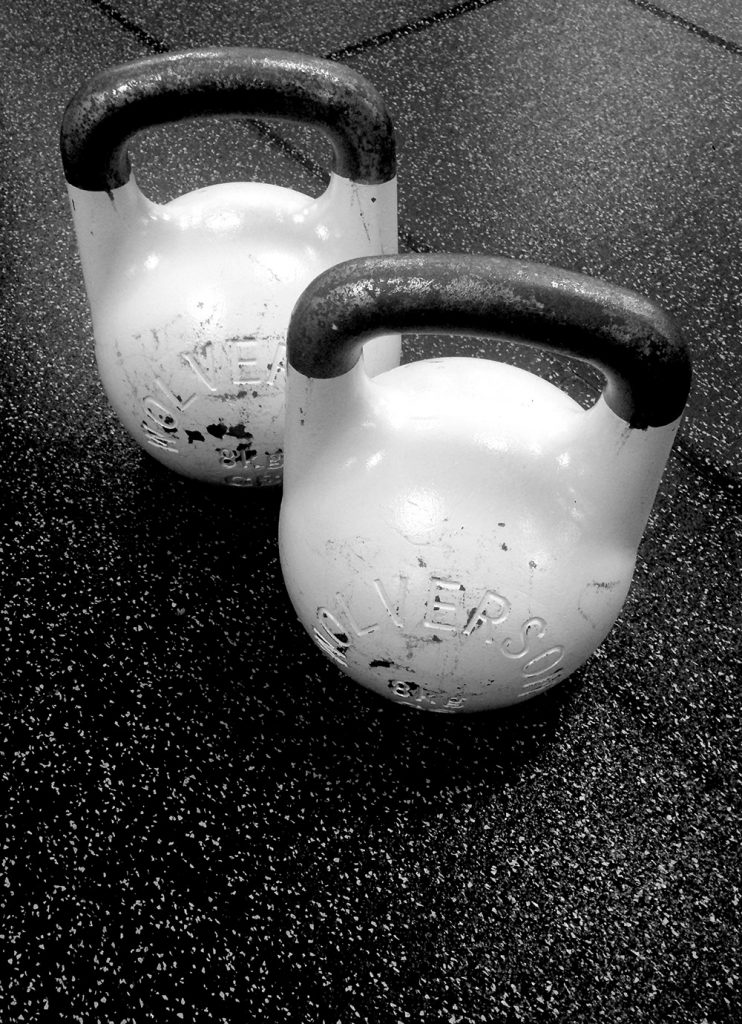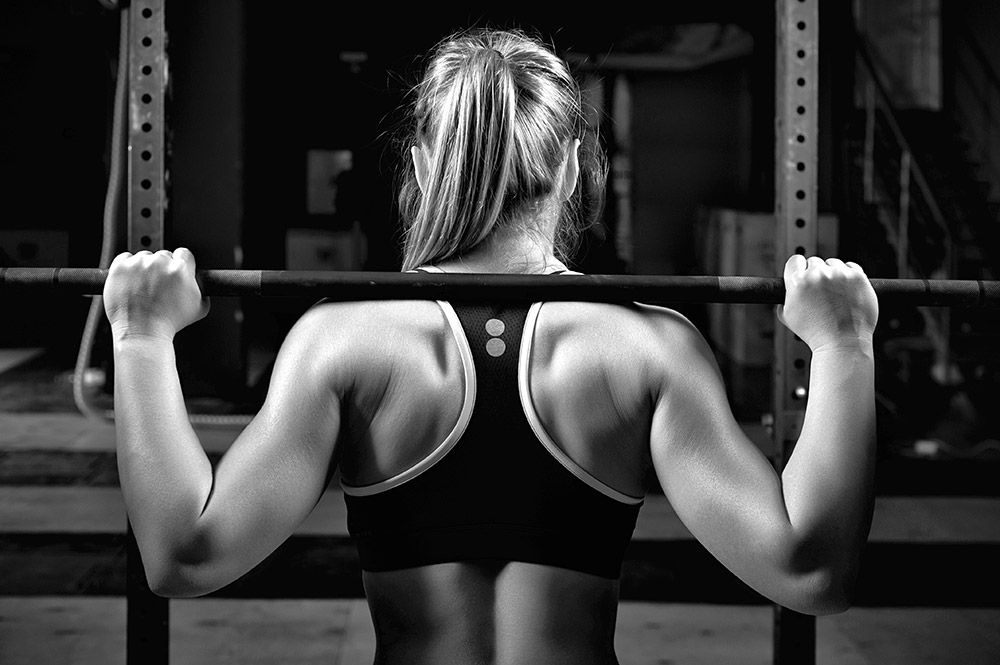
High intensity intermittent/interval training (HIIT) is a popular training system in the fitness industry. Its claimed to be the best thing for burning fat and developing muscle tone and we’re told that its far superior than Low intensity stead state (LISS) training due to the after-burn. But, is the after-burn actually real?
EPOC
Excess post-exercise oxygen consumption also known as EPOC, is what most of us know as the after-burn from exercise. This is due to the body being in an oxygen debt and will need to work harder to replenish the body and bring it back to homeostasis. This, in turn burns more calories over a period of time (some studies have shown from 15 mins up to 48 hours) [1] [2]. The higher the intensity you train at and the longer you train for both have more of an impact on EPOC.
Studies have shown that when a HIIT workout is done properly, EPOC can cause your metabolism to increase by up to 14% of the calories burnt in your workout, compare that to LISS which studies show only up to 7% of your workout.[3]
As just mentioned, we need to be working at a high intensity for HIIT to be achieved. Unfortunately, people chuck these 4 letters (HIIT) in front of any workout they do and say its a HIIT session. When done properly, HIIT should be where your working at sub-maximal heart rate (MHR) (85% – 95% MHR) [4]. Now doing a 30 seconds jog on the treadmill with 30s rest probably won’t be doing that for you, well maybe for the last 5 mins out of your 20 minute session! With a proper high intensity training session and to get the real benefit of HIIT you want to get that heart rate above 85% MHR for as long as possible. Unfortunately many people don’t have the fitness levels to do this kind of training, let alone the mental strength (Yes, it bloody hurts!). If you find that you are not fit enough to do this, or just don’t like training that hard, then don’t do it! That doesn’t mean you can’t get results, it just means there are other types of training suited to you.


EPOC in numbers
Lets say you’ve burnt 300kcal in your HIIT workout (which is a decent amount). An increase of 14% would mean that you would burn an mind blowing 42kcal! (300kcal x 14% = 42kcal). If we had burnt the same amount of calories through LISS training we would have burnt only an extra 21kcal (300kcal x 7% = 21kcal). So even though HIIT has more of an after burn than LISS, the after burn isn’t that great! 42kcal would equal about half an apple!
Right, so now I’ve crushed your hopes and dreams about HIIT training in relation to EPOC. Your about to unfollow all your social media fitness pages that swear by HIIT, hold on. Theres are some massive benefits with HIIT that you need to know.
- Muscle maintenance – One great benefit of HIIT training over LISS is that there is a big demand on muscles to train at a high intensity. With a lot of cardio exercise you can lose muscle mass, but because of the demand on your muscles from HIIT, you will maintain it. This is important as muscle mass plays a big part in our metabolism and if your losing muscle, then you will be burning less on a daily basis! [5]
- Increase fitness, speed, strength and power – if HIIT is done properly, then not only are you going to look better, but be able to back your looks up with better performance!
- Time saving – a typical HIIT session should last 20 – 30 minutes in total, including rest period! A lot quicker than a normal 1 hour cardio session.
- Feel good factor – Now, even though we know the after-burn of HIIT isn’t what you thought it would be, generally you’ve worked really hard and achieved something from your session. Feeling better usually leads to better nutrition and better adherence to your exercise regime, which therefore leads to better results!
- Suppress appetite – studies have shown that HIIT training can suppress your appetite straight after the session, which can leads to less calories in.
Other health benefits associated with HIIT include decreased heart rate and blood pressure, increased Vo2 max, aerobic and anaerobic fitness, insulin sensitivity and plenty more!
CONCLUSION
So EPOC does exist, but unfortunately isn’t as great as it sounds. I am still a massive fan of doing HIIT and most of my clients have it programmed in their training, I even use it myself. If your looking to add HIIT into your training then great! Just make sure your working at the right intensity (85%+ MHR) for as long as possible, you can get heart rate monitors to check if your hitting these numbers. The easiest way to work out your maximum heart rate is 220 – your age.
I would also recommend having the right nutrition around HIIT, if your low carb (low energy) and your trying to work at a high intensity then forget it! Go for LISS. If you’ve had a super busy day at work and your really tired, go for LISS. Remember, HIIT is hard and it should be! If you finish your session and you don’t feel like crap, that doesn’t mean your fit, it means you’ve done it wrong!
For more information on HIIT training or if you have any questions regarding the above, please leave a comment below or contact us through email or phone.

